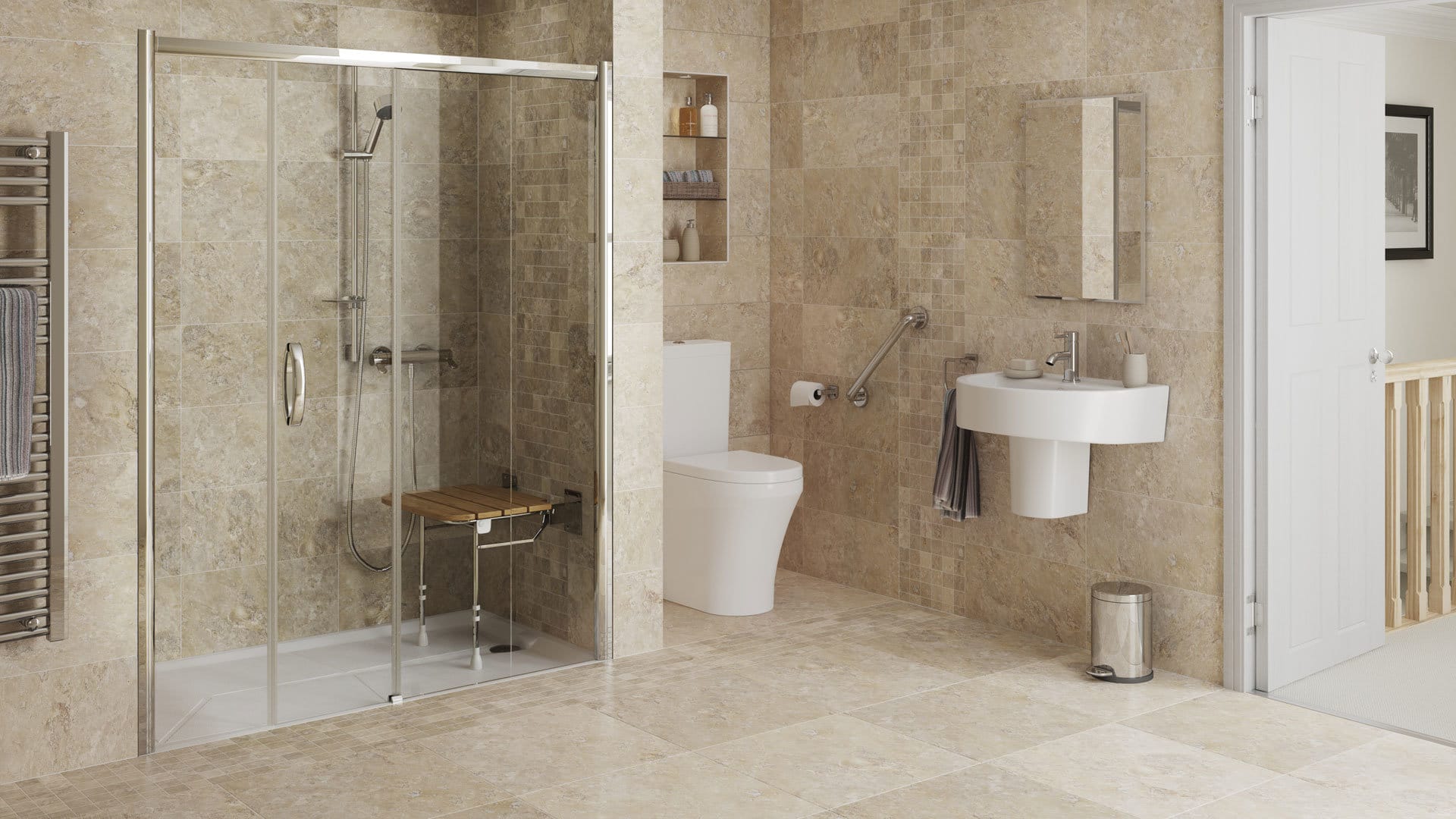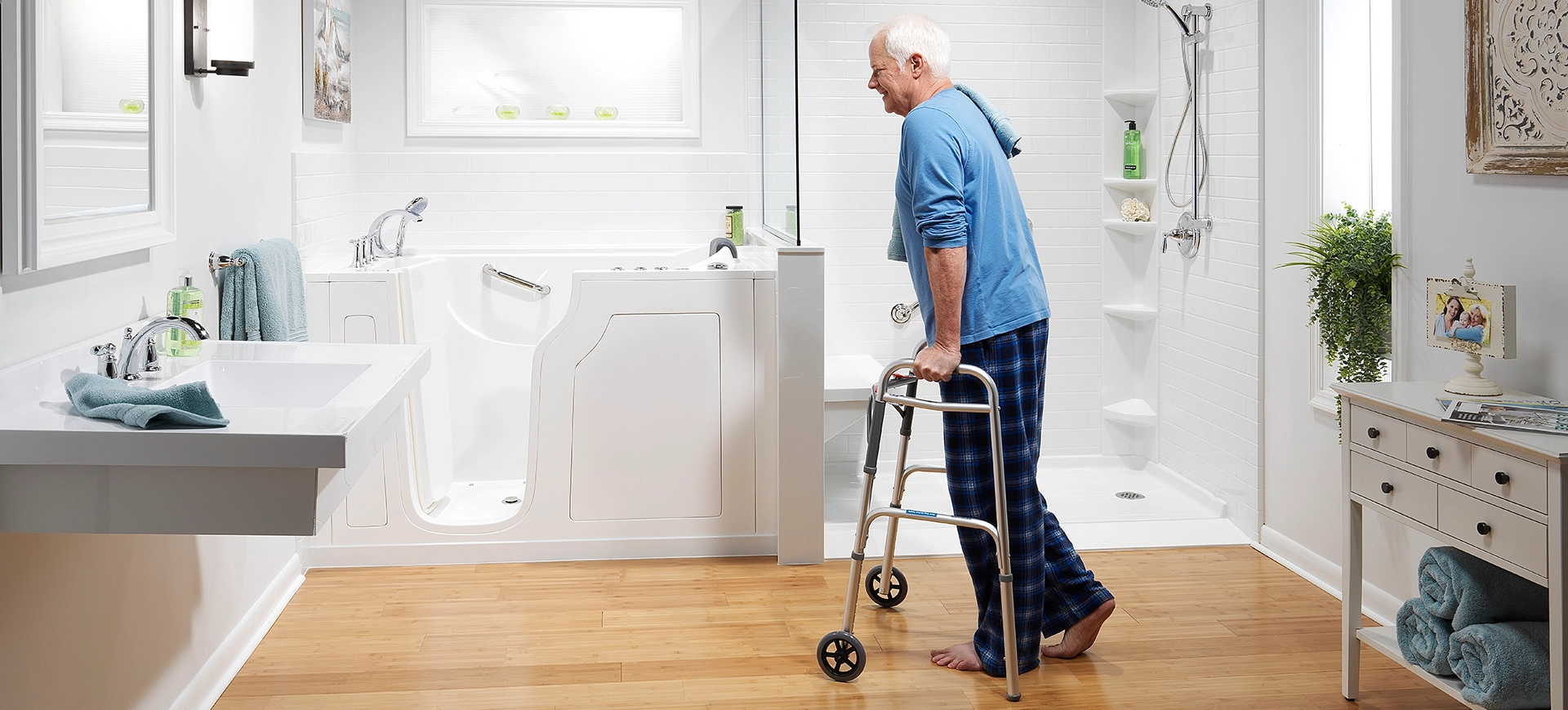Let’s talk senior bathroom remodel . Specifically, bathrooms designed with seniors in mind. As we age, our needs change, and sometimes the spaces we’ve lived in for years just don’t work as well as they used to. The bathroom, in particular, can become a source of anxiety rather than relaxation. Slips, falls, and difficulty maneuvering can make this once-simple space a potential hazard. So, if you’re thinking about remodeling a bathroom for a senior loved one (or yourself!), you’re in the right place. This isn’t just about grabbing bars and a shower seat; it’s about creating a safe, comfortable, and beautiful space that supports independence and enhances quality of life.
Safety First: Essential Modifications
Safety is paramount in any senior bathroom remodel. We’re talking about minimizing risks and maximizing peace of mind. One of the most crucial changes you can make is addressing the flooring. Slippery tiles are a major fall risk. Consider swapping them out for non-slip flooring options like textured tile, luxury vinyl plank, or even cork. These materials provide better traction, reducing the chance of slips and falls. Grab bars are another must-have. Install them strategically near the toilet, shower, and bathtub. Make sure they’re securely anchored to the wall and can support significant weight. Don’t skimp on quality here; these bars need to be reliable.
Shower Power: Creating an Accessible Oasis
The shower can be a particularly challenging area for seniors. High thresholds and cramped spaces can make showering difficult and dangerous. Consider replacing a traditional shower/tub combo with a walk-in shower. These showers have low or no thresholds, making them easy to enter and exit. Include a built-in seat or bench for added comfort and safety. A handheld showerhead is another great addition, allowing for greater control and easier washing. Think about thermostatic shower valves, too. These valves prevent sudden temperature changes, reducing the risk of scalding.
Toilet Talk: Comfort and Convenience
The toilet might seem like a simple fixture, but it can present challenges for seniors. A standard toilet seat can be too low, making it difficult to sit down and stand up. Consider installing a comfort height toilet. These toilets are a few inches higher than standard toilets, making them easier to use. You can also add a bidet attachment for improved hygiene and independence. Another helpful addition is a grab bar near the toilet for added support.
Vanity Ventures: Functionality and Style
The vanity area should be both functional and stylish. Choose a vanity with plenty of storage to keep essential items within easy reach. Avoid vanities with sharp corners or edges that could pose a hazard. Consider installing lever-handled faucets. These faucets are easier to grip and turn than traditional knobs, especially for those with arthritis or limited hand strength. Good lighting is also essential in the vanity area. Make sure there’s adequate lighting for grooming and other tasks.
Lighting the Way: Illuminating the Space
Proper lighting is crucial throughout the entire bathroom. Not only does it improve visibility, but it also contributes to overall safety. Ensure there’s adequate ambient lighting to illuminate the entire space. Add task lighting in key areas like the shower and vanity. Consider installing nightlights to help seniors navigate the bathroom safely at night. Motion-activated lights are also a great option, providing hands-free illumination when needed.
Small Changes, Big Impact: The Power of Details
Sometimes, it’s the small changes that make the biggest difference. Think about things like replacing doorknobs with lever handles, which are easier to grip. Add non-slip mats to the floor for extra traction. Keep the bathroom clutter-free to prevent tripping hazards. These small details can significantly improve safety and accessibility.
Beyond the Basics: Considering Future Needs
When planning your senior bathroom remodel, think about future needs as well as current needs. Consider whether any additional modifications might be necessary down the road. For example, you might want to reinforce the walls to accommodate future installation of grab bars or other assistive devices. Planning ahead can save you time and money in the long run.
A Collaborative Approach: Involving the Senior
Perhaps the most important aspect of a senior bathroom remodel is involving the senior in the process. After all, it’s their space. Discuss their needs, preferences, and concerns. Let them be a part of the decision-making process. This will not only ensure that the bathroom meets their needs but also help them feel more comfortable and confident in their new space. A collaborative approach is key to creating a bathroom that truly enhances their quality of life.


